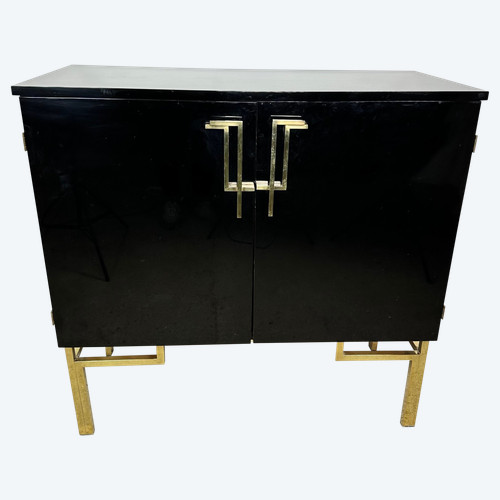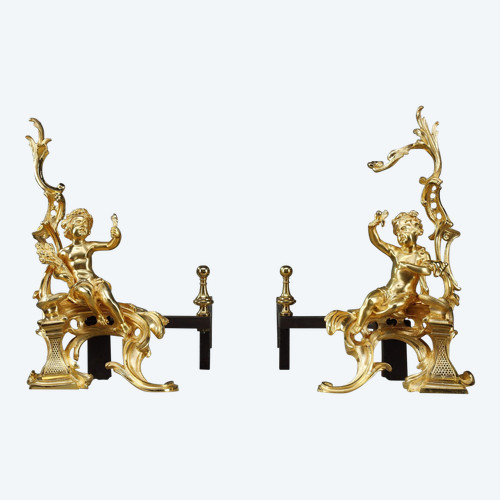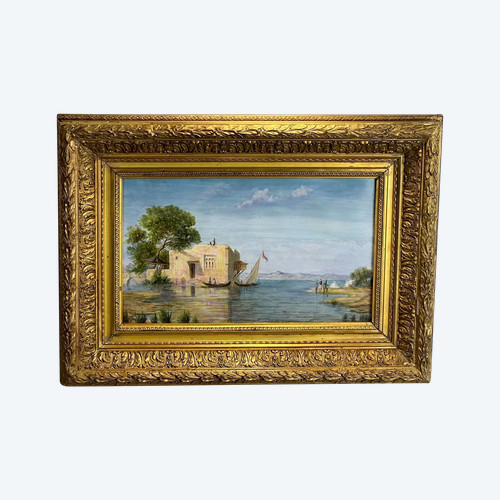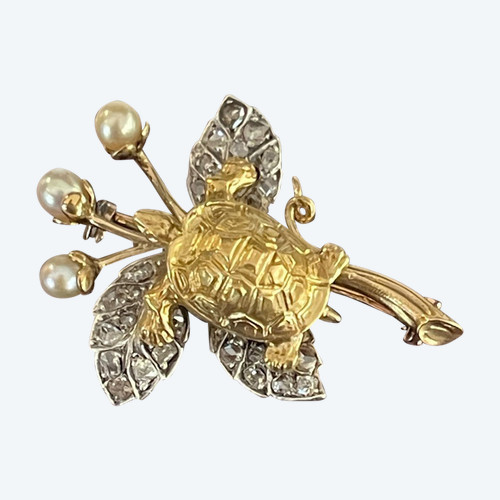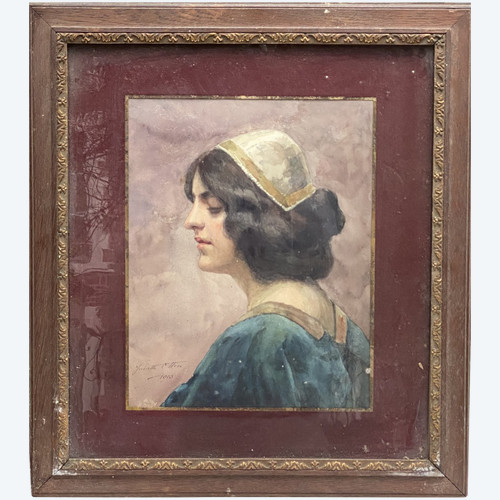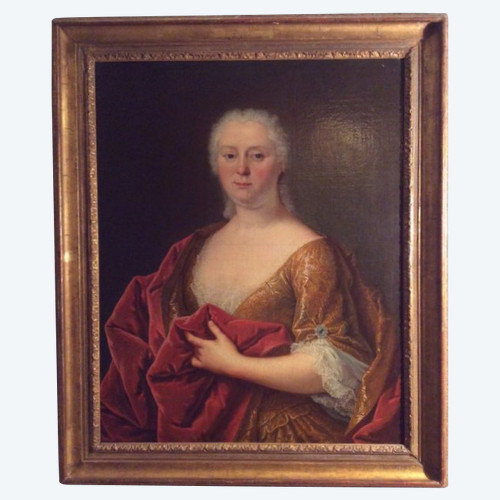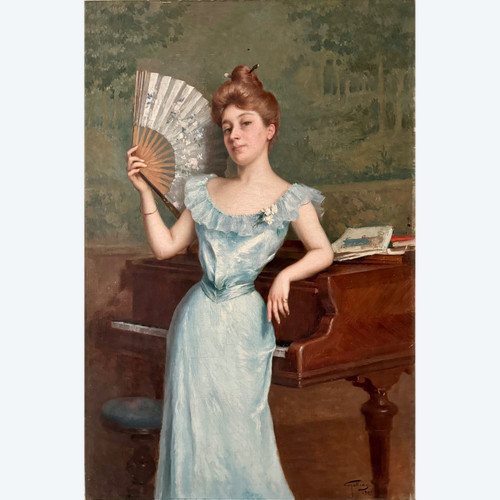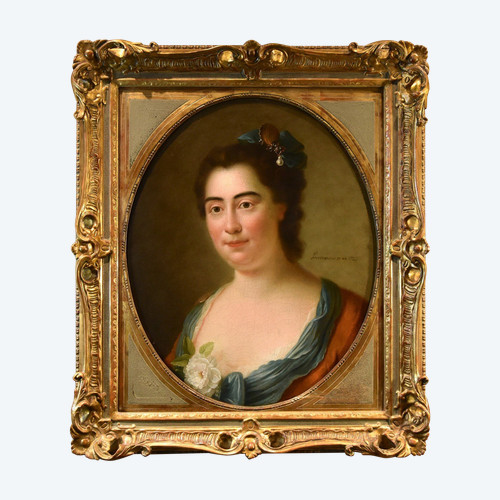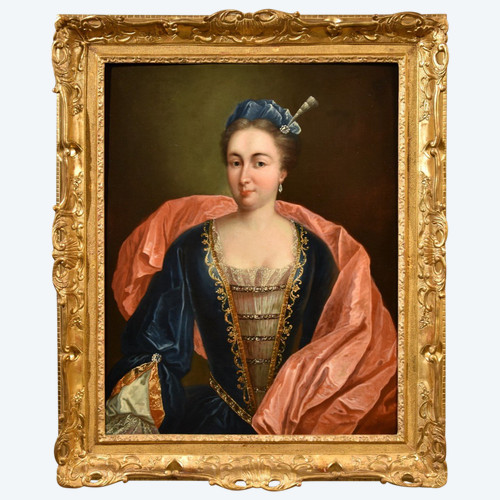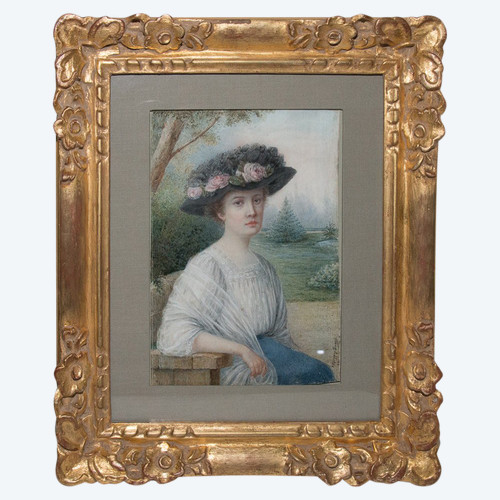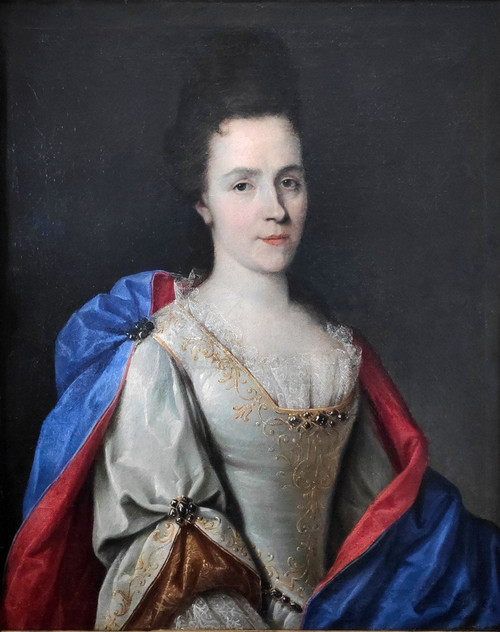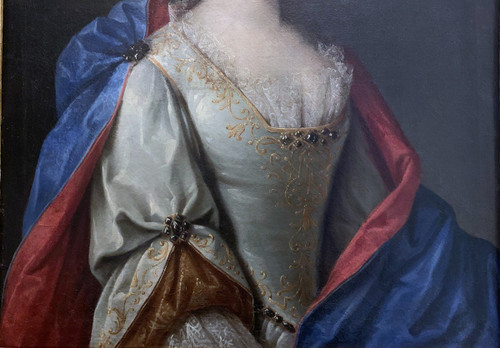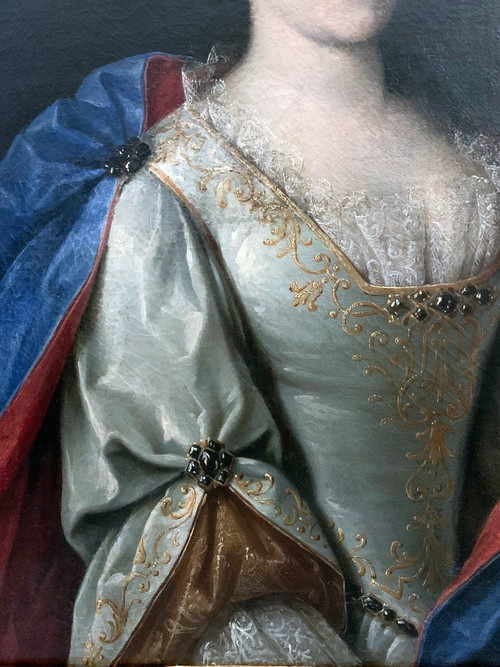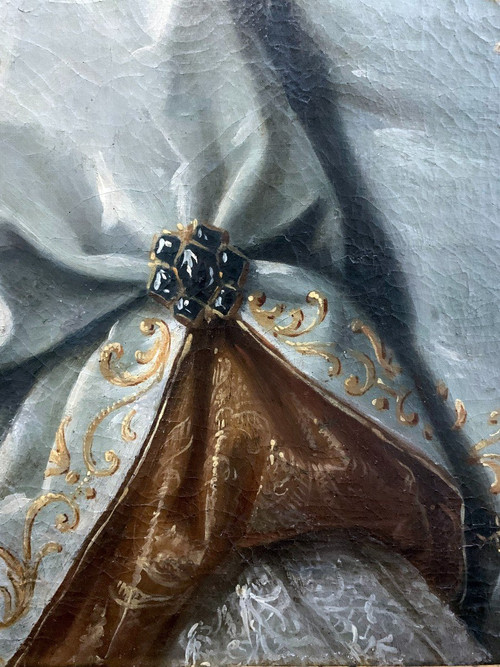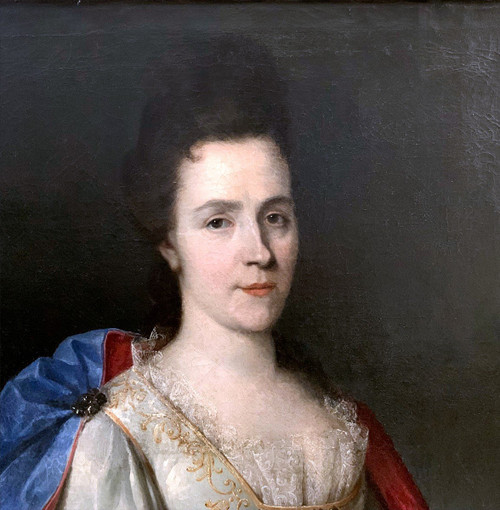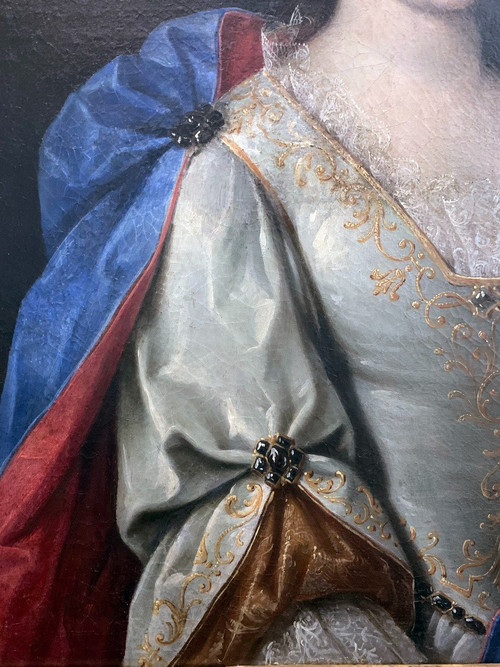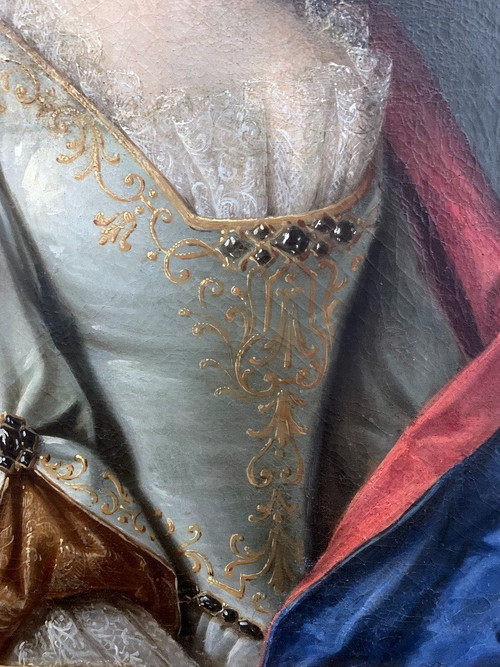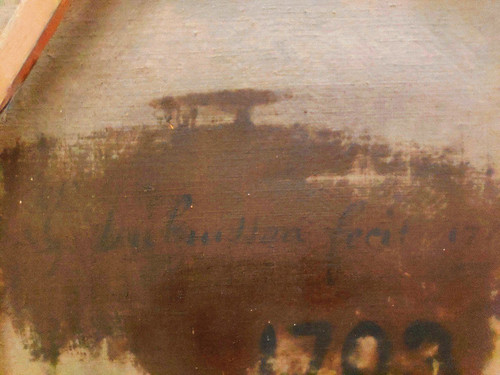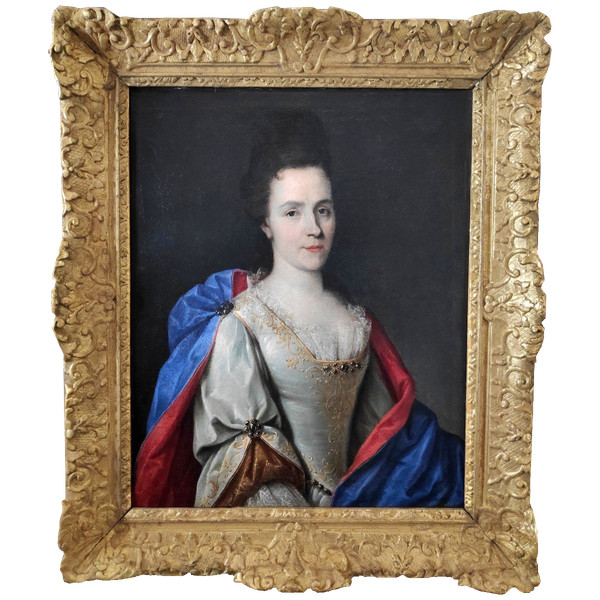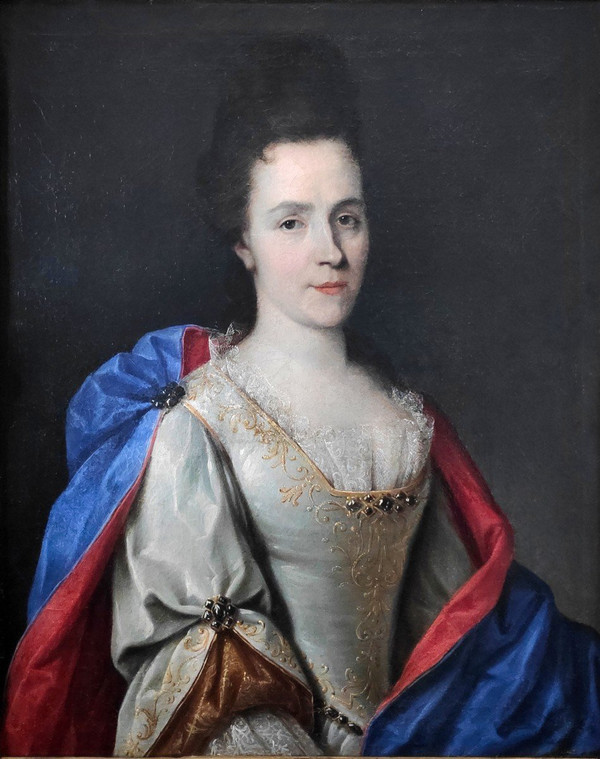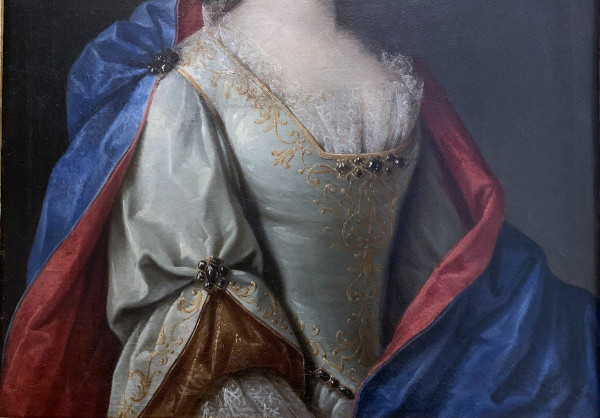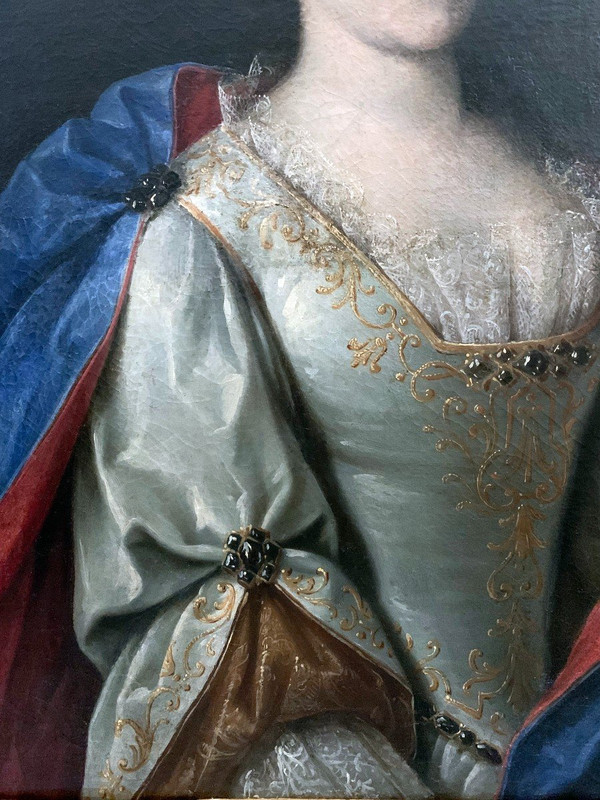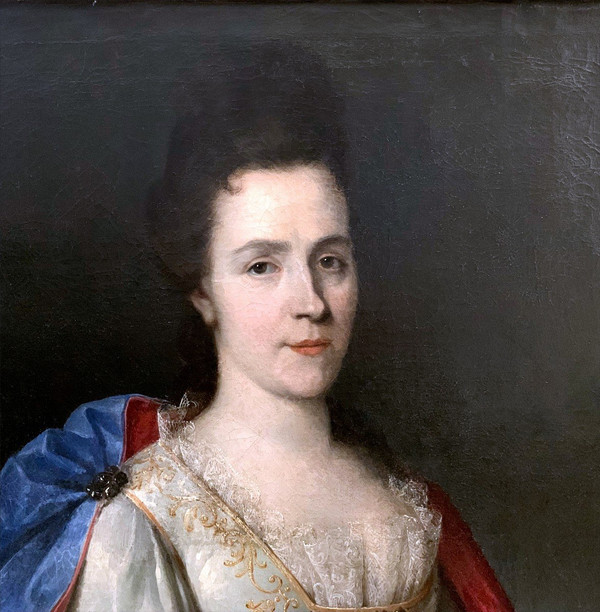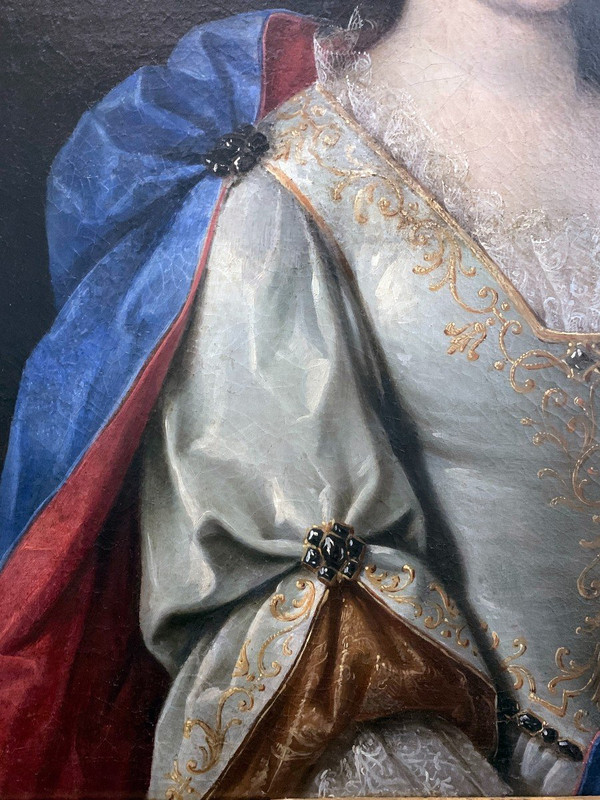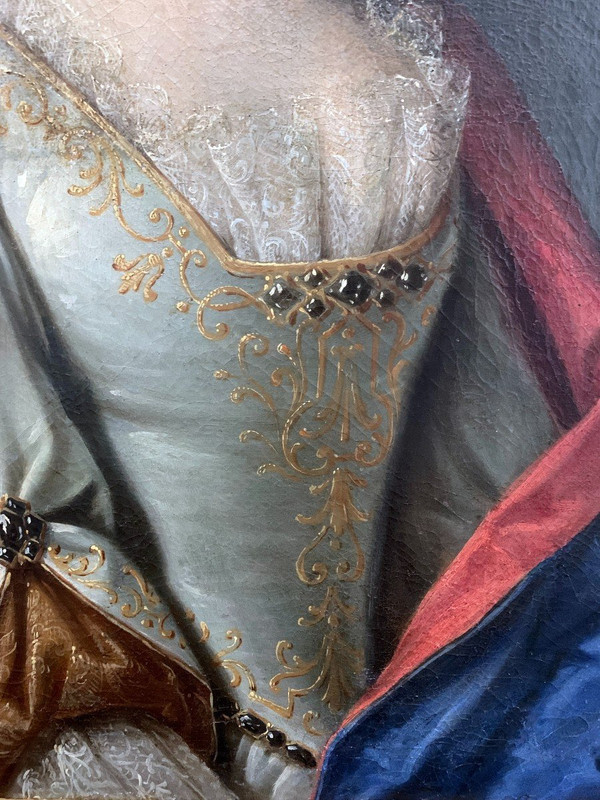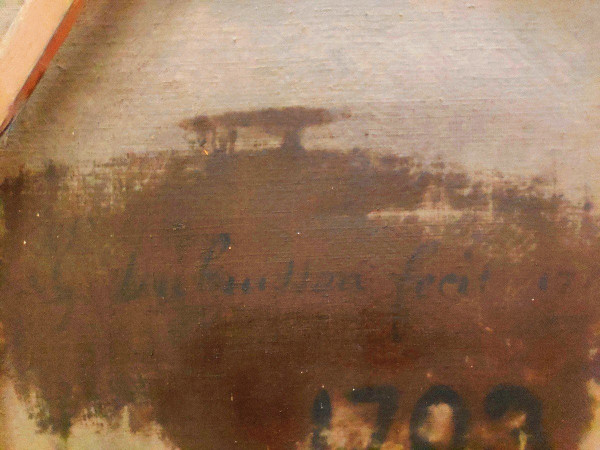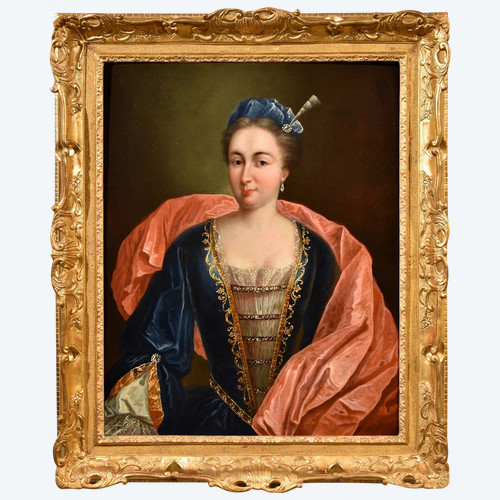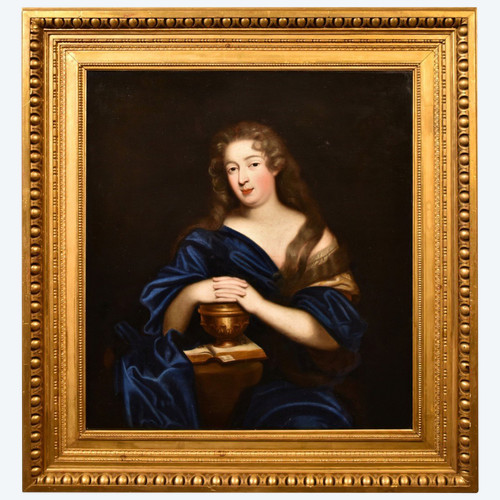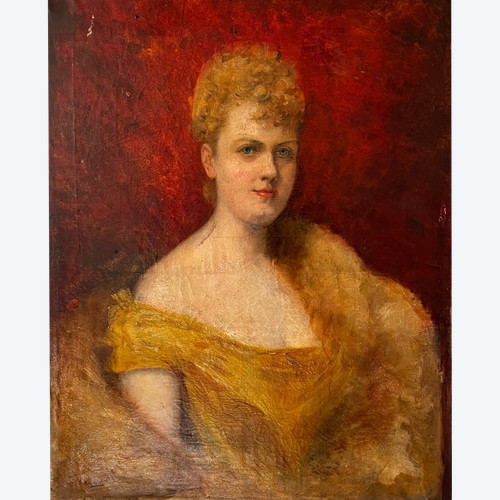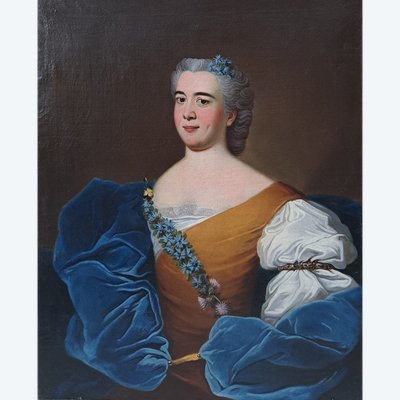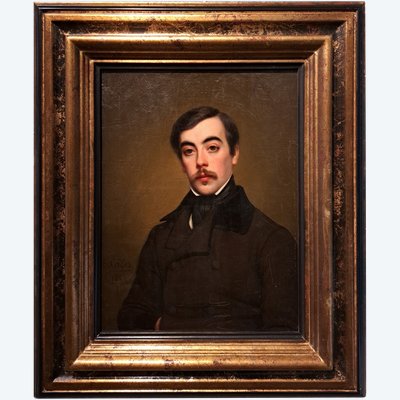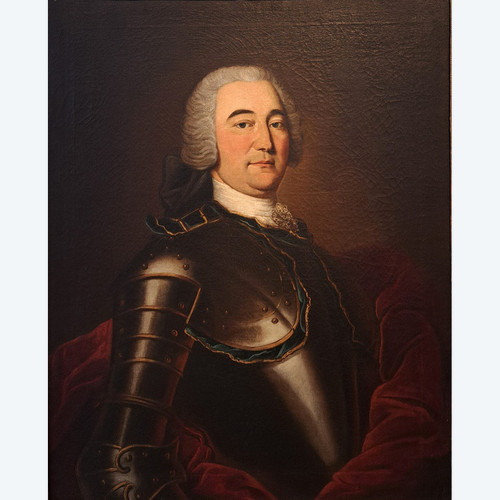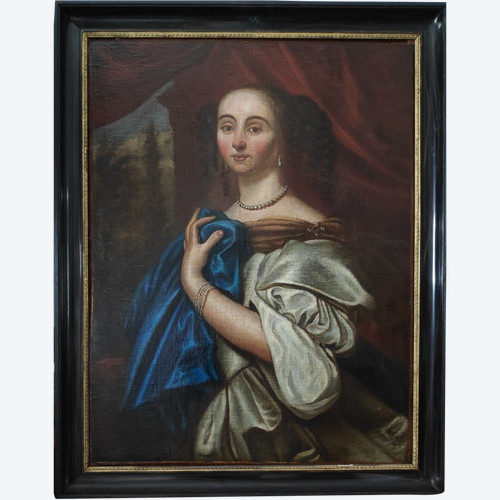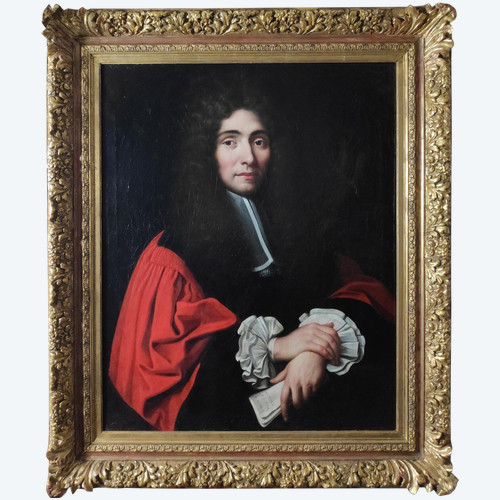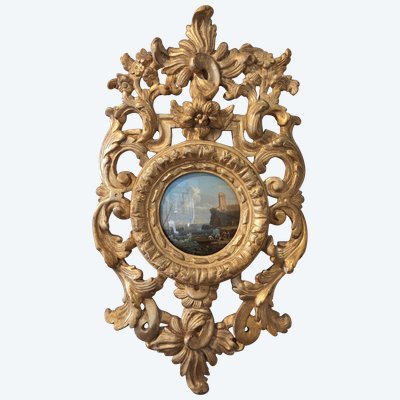This description has been translated and may not be completely accurate. Click here to see the original
Etienne Odot Garot Dubuisson (Paris circa 1652, Rochefort 1732)
Portrait of an elegant woman
Oil on canvas signed on the back and dated 1703
Dimension: 73 x 60 cm
Dimension with frame: 95 x 80 cm
18th century frame, original frame and canvas.
A routine restoration was carried out on this painting because the canvas kept on its original frame had relaxed (normal after 319 years of existence). In an effort to preserve the freshness of the canvas, the restorer decided to add tension strips on the edges so that the canvas regains its flatness and to inject glue on the back of the canvas so that the pictorial surface does not suffer. The choice was made to keep the work in excellent original condition, which resulted in the partial erasure of the signature (by the penetration of the glue on the back of the work). The date is still visible. A photo was taken when the canvas was dusted which will be attached to you at the time of the sale (photo 9).
This painting is interesting from different points of view, it is above all a direct testimony to the evolution of the portrait and clothing fashion of the early 18th century in France. We can admire the flamboyant colors of the costume.
We are lucky that it has been kept in the same family for many decades and that they left it in its original state. The fact that the work has not been relined allows us to benefit from the identification of the artist, which happens too rarely for paintings from this period.
Our painting comes from a Rochelaise family, which attests to a certain logic because Dubuisson was very present in La Rochelle and paintings are today kept at the Hôtel de la Bourse de la Ville.
This portrait adds another painting to the corpus of Dubuisson, who is known only through a few paintings, one of which is kept at the Museum of Fine Arts in Tours.
Biography:
The biography of Garot Dubuisson still contains large areas of shadow or at least uncertainty. Etienne is the son of the painter François Garrot du Buisson, a “former” of the Academy of Saint-Luc, an artist forgotten today who nevertheless signed as a witness, alongside Charles Le Brun, to the marriage contract of Jean-Baptiste Monnoyer. Received as a master painter at the Academy of Saint Luc in 1688, Etienne Garot Dubuisson probably left Paris around 1710 to settle in the Rochefort region where he had just been appointed “painter of the king’s navy”, a position he would hold until his death in 1732.
The artist then enjoyed a certain local favour which was demonstrated by the commissions for portraits of important personalities. His best-known portraits are those he made for the Chamber of Commerce and the Consular Jurisdiction of La Rochelle, now preserved at the Hôtel de la Bourse in that city. This collection begins in 1712 with the Portrait of Jean Seignette, followed by that of Jacques Bonneau des Gardes, both of whom played an important role within the La Rochelle Chamber of Commerce.
Garot Dubuisson then made (probably between 1713 and 1719) four rather monotonous and austere portraits of consular judges: Robert Butler, Jean Trahan, François Darango, Jean Bruslé. It is undoubtedly in the early portraits that Garot Dubuisson most asserts a sure talent and a refined manner. The memory of the artist's presence in Aunis is also attested by several paintings of churches: Presentation of Jesus to Simeon, 1725 (church of Dompierre-sur-Mer); Presentation of Mary in the Temple, 1723 (La Rochelle, chapel of the Eugène Fromentin high school); Crucifixion, 1726 (church of Moses).
Text taken from the catalogue raisonné French Paintings of the 18th Century. Museum of Fine Arts of Tours / Château d'Azay-le-Ferron, by Sophie Join-Lambert. Silvana Editoriale, 2008
Ref: 5Y3K4HPLMH
 Gold, Silver and Diamond "Turtle" Brooch
1.900 € EUR
Gold, Silver and Diamond "Turtle" Brooch
1.900 € EUR

